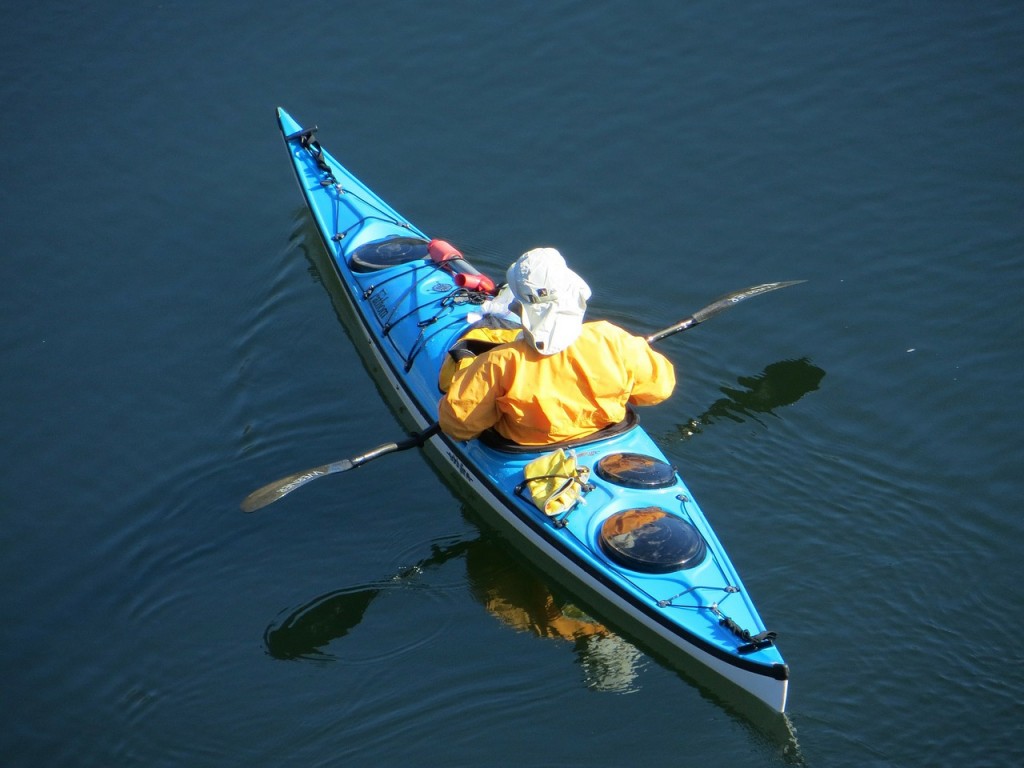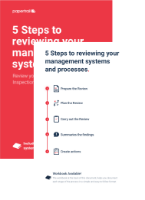Everything You Need to Know About the Adventure Activities Licensing Service (AALS)

Everything You Need to Know About the Adventure Activities Licensing Service (AALS)

In March 1993, in Lyme Bay, tragedy struck a group of teenagers who set off canoeing on a school-organised journey to Charmouth, just two miles down the coast.
It was meant to be a two-hour return journey on a warm day, complete with clear blue skies.
This school trip, organised and ran by an outdoor adventure centre, turned into a nightmare when an offshore wind cut through the Charmouth Gap, where the cliffs that were protecting the teenagers from the wind make room for the mouth of the River Char. At that point, the canoes – not designed for high waves – were pushed five miles out to sea.
With strong south-westerly winds and rough waves, conditions were soon too extreme for small canoes, many of which started filling with water and capsizing. The coastguard was called too late to save all of the teenagers. Tragically, four of them drowned.
The St Albans Centre and its manager, who ran the trip for the Southway Comprehensive school, were prosecuted for the errors that resulted in this loss of life. Shortly after, the MP for Plymouth Devonport, David Jamieson, introduced a Private Member’s Bill in January 1995, which resulted in the Activity Centres (Young Persons’ Safety) Act 1995 – requiring all activity providers to obtain a license in order to provide activities to those under the age of 18. This act was later reinforced by the Adventure Activities Licensing Regulations 2004.
An independent licensing authority, the Adventure Activities Licensing Service (AALS), now part of the Health and Safety Executive (HSE), was created to enforce this new legislation. But what does the legislation entail, and how stringently does the AALS enforce it?
Scope of the AALS

The act behind the AALS covers a wide range of activities, but only centres, companies or individuals that charge for providing adventure activities for children under 18 years old are affected. Voluntary organisations, schools, parents and guardians with children (excluding teachers or youth leaders) and the armed forces aren’t covered within the scope of the regulations.
However, even organisations outside the AALS’ legal scope would be held to the same standard in the courts, since the guidelines are widely recognised as the benchmark for organisations that run outdoor activities.
There are four main activities covered under AALS guidelines:
- Watersports: Canoeing, sailing, rafting and other sports on rivers, lakes, the sea, tidal waters or large inland waterways.
- Climbing: Any climbing on cliffs, hills, mountains and rock formations, including abseiling. This does not include indoor climbing walls or abseiling towers.
- Caving: Applies in all caves except those routinely open to the general public, since these will have other safety precautions in place.
- Trekking: Everything from hiking to pony trekking, running, walking, mountain biking and skiing, particularly when done on moors or mountains above 600 metres and more than 30 minutes from the nearest road or house/hostel or hotel.
As the AALS would want to point out, this list is not exhaustive. A certain amount of common sense must be applied: if you are undertaking a potentially risky outdoor activity with young people and charging for it, then they are the people you want to consult with before you start taking bookings.
Before an organisation can charge for adventurous activities, it needs to have a licence. The AALS’ only concern is for the safety of those who take part and how these activities are managed, within the relevant environment, whether that’s up a mountain or out at sea.
License applications can be filled out online, or a pack sent out when you call or email the AALS. A fee of £715 is needed, which covers the cost of the inspection and HSE report produced that will outline whether or not an organisation can provide adventurous activities safely.
Once a license has been issued, inspections are only carried out as needed if a complaint is made, in the case or a serious incident, or at times when a license needs to be renewed.
Centres that provide additional activities that aren’t mentioned above can also apply for an Adventuremark, a non-statutory safety scheme for activity providers operating outside the scope of AALS regulations.
Still wondering if you need a license? Read the full Adventure Activities Licensing Regulations 2004 here.
The Future of the AALS
In December 2015, HM Government published Sporting Future: A New Strategy for an Active Nation, which, if implemented, will involve the AALS becoming the responsibility of the Department for Culture and Sport – not the Department for Work and Pensions as is currently the case.
More importantly, this change may also result in the AALS being reformed to focus more on the active encouragement of outdoor/adventure activities rather than the licencing of such activities. Understandably, this new direction has left some activity providers wondering whether or not they’ll need an AALS licence in the future – and indeed, the HSE are developing a procedure for any such change to the control of the AALS.
But for now, it is certain that activity providers within scope of AALS regulations should be holding a valid licence!
Stay Up-to-Date
To get notified when important changes to legislation are made, use the form on the right to sign up to our weekly newsletter, which also features the best health and safety news, guides and tips from around the web.
To find out how Papertrail helps adventure activity providers comply with legislation, save time and reduce risk, book your free demo.
Improve your inspection management system today



